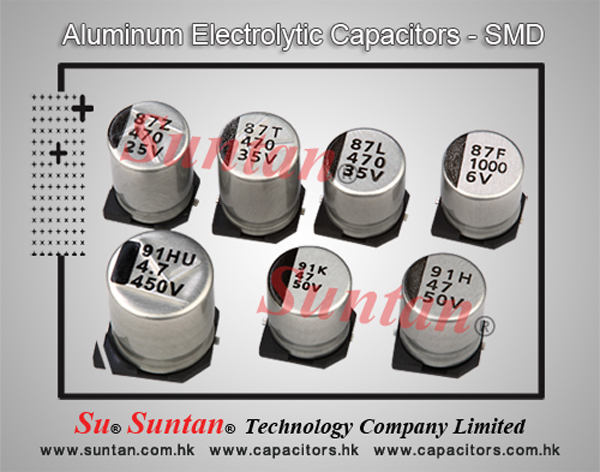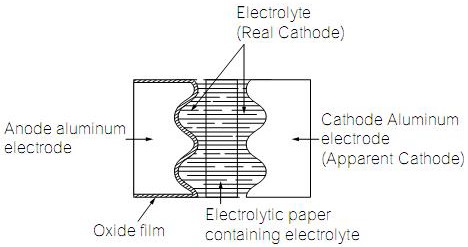Suntan Aluminum Electrolytic capacitors
Suntan Technology Company Limited
---All Kinds of Capacitors
Suntan aluminum Electrolytic capacitors store charge in a chemical paste called an electrolyte. They have large capacitance values, and are inexpensive and durable. Electronic designers typically use electrolytic capacitors to remove electrical noise from circuits. Since these capacitors are polarized, you must pay attention to the positive and negative leads or risk an explosion. When you use electrolytic aluminum capacitor, note that it has its capacitance and voltage values clearly printed on the body of the part.
Electrolytic capacitors have capacitance ratings in the range of 10 to 200,000 microfarads. The voltage rating is the maximum voltage to which the capacitor should be subject. Maximum voltages for electrolytic generally range from 20 to 600 volts.
Suntan manufacture a wide range of Aluminum Electrolytic Capacitors, Including Snap-in type Electrolytic Capacitor, Screw type and LUG type Aluminum Electrolytic Capacitor, Axial & Radial Electrolytic Capacitor and SMD Aluminum Electrolytic Capacitor etc.
For more details, you can check on our website:www.suntan.com.hk.



